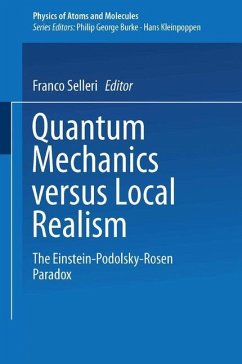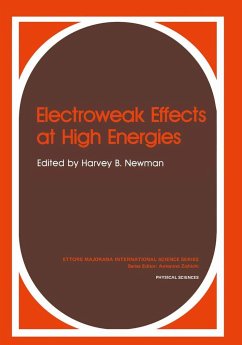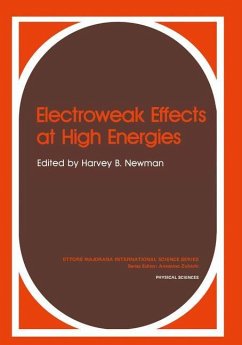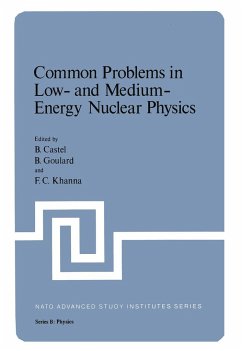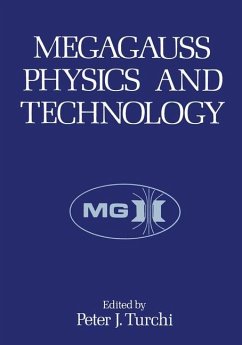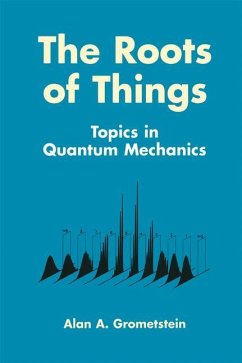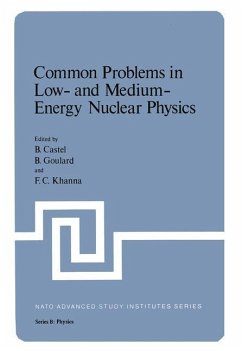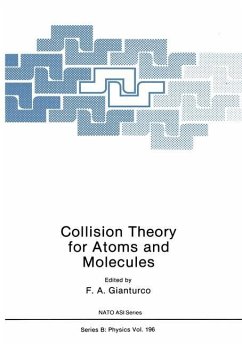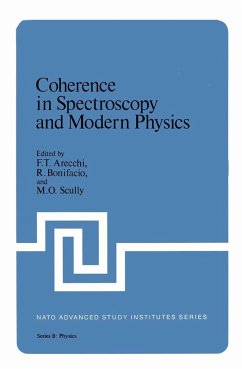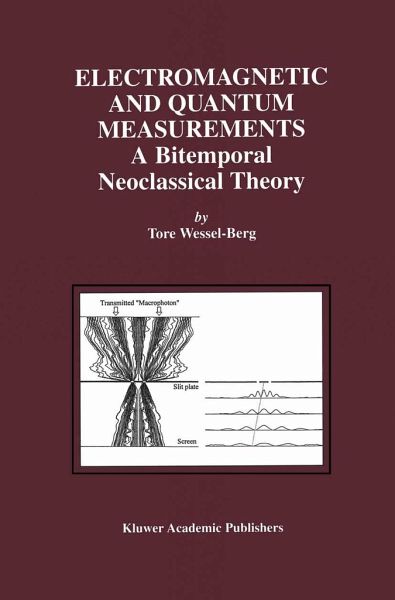
Electromagnetic and Quantum Measurements
A Bitemporal Neoclassical Theory
Versandkostenfrei!
Versandfertig in über 4 Wochen
157,99 €
inkl. MwSt.
Weitere Ausgaben:

PAYBACK Punkte
79 °P sammeln!
It is a pleasure to write a foreword for Professor Tore Wessel-Berg's book, "Electromagnetic and Quantum Measurements: A Bitemporal Neoclassical Theory." This book appeals to me for several reasons. The most important is that, in this book, Wessel-Berg breaks from the pack. The distinguished astrophysicist Thomas Gold has written about the pressures on scientists to move in tight formation, to avoid having their legs nipped by the sheepdogs of science. This book demonstrates that Wessel-Berg is willing to take that risk. I confess that I do not sufficiently understand this book to be able to e...
It is a pleasure to write a foreword for Professor Tore Wessel-Berg's book, "Electromagnetic and Quantum Measurements: A Bitemporal Neoclassical Theory." This book appeals to me for several reasons. The most important is that, in this book, Wessel-Berg breaks from the pack. The distinguished astrophysicist Thomas Gold has written about the pressures on scientists to move in tight formation, to avoid having their legs nipped by the sheepdogs of science. This book demonstrates that Wessel-Berg is willing to take that risk. I confess that I do not sufficiently understand this book to be able to either agree or disagree with its thesis. Nevertheless, Wessel-Berg makes very cogent arguments for setting out on his journey. The basic equations of physics are indeed time-reversible. Our experience, that leads us to the concept of an "arrow of time," is derived from macro scopic phenomena, not from fundamental microscopic phenomena. For this reason, it makes very good sense to explore theconsequences of treating microscopic phenomena on the assumption that forward time and backward time are equal.



